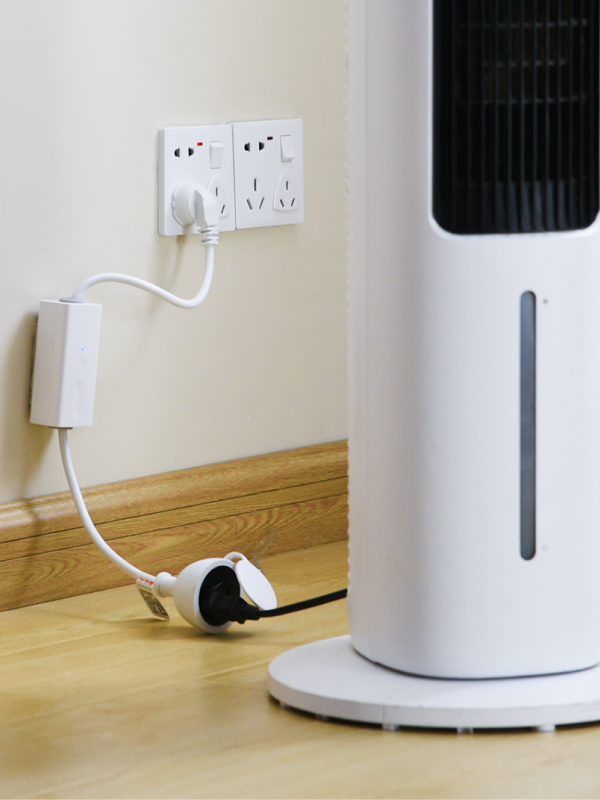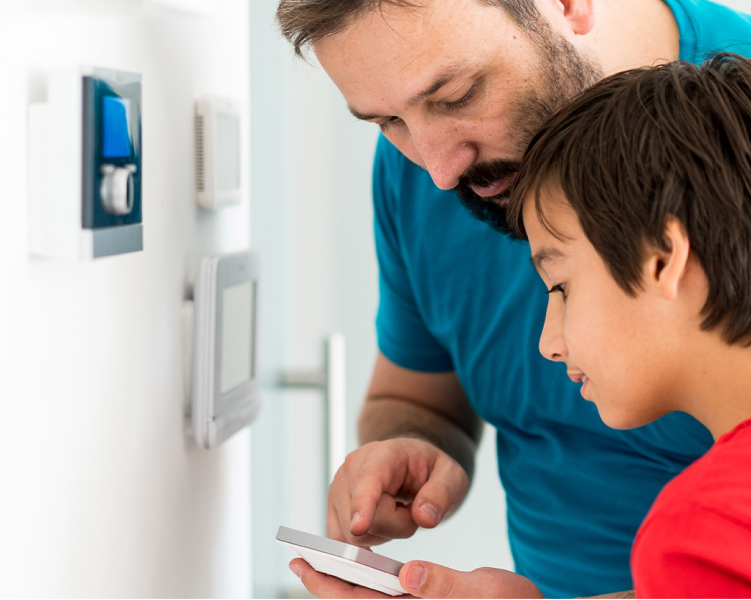Have you ever wondered how many types of plugs are available in the world? And why it is very important to know the differences?
In today's interconnected world, understanding the diversity of electrical plug types used in different countries is crucial for travelers, expatriates, and businesses. Electrical systems vary significantly across nations, and each country has its unique plug configuration and voltage standards. Navigating these differences is essential to ensure safe and reliable power connections.
You should know power sockets or outlets, are standardized according to specific national or regional standards. They include factors such as plug shape, pin configuration, voltage, and current ratings.
One widely used plug type is the Schuko plug. This plug's safety features and widespread adoption in Europe ensure electrical compatibility across nations. Utilizing the Schuko plug allows for the effective management of international power connections.
In this article, we will discuss the plug types by country and focus on the Schuko plug in general. So let's get right to it!
- Complete Introduction Of Plug Types By Country
- What Plug Type Is Schuko Plug?
- Differences Between A Schuko Plug And An EU Plug
- EVVR Energy Monitoring Smart Plug & Relay
Complete Introduction Of Plug Types By Country
Different countries use various types of plugs. They have unique standards that determine the physical design and electrical characteristics of plugs and sockets used in a particular country. Let's have a look at the plug types below:
NEMA Plug Types (North America)
The National Electrical Manufacturers Association (NEMA) plug types are the common plugs used in North America. The NEMA 5-15, which has two flat parallel pins and a grounding pin, is the most popular in households. This particular plug is made to work with the 120-volt electrical systems that are frequently used in the US and Canada.

Schuko Plug Type (Europe)
Many European nations use the Schuko plug, also known as a "Schutzkontakt," as their standard plug type. It has a centered grounding contact and two 4.8 mm-diameter round pins. In order to set polarized connections and increase safety, the pins are somewhat offset. You should know the Schuko plug is one of the world's safest plug types, meeting European standards set by the International Electrotechnical Commission (IEC).

BS 1363 Plug Type (United Kingdom)
Specific to the United Kingdom is the BS 1363 plug type. It has three square pins arranged in a triangle. The larger top pin represents the ground, while the other two pins represent live and neutral connections. The BS 1363 plug contains built-in safety precautions such as shutters to prevent anyone from accidentally inserting foreign objects into the socket. This plug is made for 230-volt electrical systems.

AS/NZS 3112 Plug Type (Australia and New Zealand)
The AS/NZS 3112 plug type is commonly used in Australia and New Zealand. It has angled pins, including a longer vertical pin for grounding and two flat angled pins for live and neutral connections. The AS/NZS 3112 plug type has safety measures like insulation coverings on the pins and is built for 230-volt electrical systems.

IEC 60906-1 Plug Type
In some countries, such as Brazil and South Africa, the IEC 60906-1 plug type is used. It has three round pins arranged in a triangle, just like the BS 1363 plug type. When compared to the BS 1363 plug, the pins are a little bit bigger and farther apart. Depending on the nation's electrical system, this plug type is made for different voltage levels.

Swiss SEV 1011 Plug Type
Both Switzerland and Liechtenstein frequently use the Swiss SEV 1011 plug type. The top pin, which forms the grounding contact, is one of three spherical pins arranged in a triangle on the device. The grounding pin is slightly smaller than the live and neutral pins.

Italian CEI 23-16/VII Plug Type
Italy uses plugs of the CEI 23-16/VII national standard. The grounding pin is located in the middle of a row of three round pins. The neutral and live pins are smaller and more closely spaced.

Indian BS 546 Plug Type
The BS 546 plug type is used in India and several of its neighbors. You will find the grounding pin is located at the top of a triangle arrangement of three large round pins. The grounding pin is slightly smaller than the live and neutral pins.

Chinese Type A, C, and I Plug Types
China uses a variety of plug types, including Type A, Type C, and Type I. Type A plugs have two flat parallel pins, comparable to the NEMA 1-15 connector used in the US. Type C features two round pins, while Type I has three flat pins arranged in a triangle pattern, similar to the Australian plug.
Russian Type C/F Plug Types
In Russia, the two predominant plug types are the Russian Type C and the Russian Type F. These plug variants enjoy widespread usage throughout the country. The Type C plug resembles the Europlug with its two round pins. On the other hand, Type F plugs usually have two rounded pins and an additional grounding contact, akin to the Schuko plug commonly employed in various European nations. Designed for compatibility with the 250-volt electrical system, both plug types find regular application in residential dwellings, commercial structures, and public facilities across Russia.
What Plug Type Is Schuko Plug?
The Schuko plug, hailing from Germany, has emerged as the reigning champion among plug types throughout continental Europe. Distinguished by its two round pins measuring 4.8 mm in diameter, this plug boasts an embedded grounding contact for optimal safety and compatibility.
Embracing the Type F plug, the Schuko plug adheres to the esteemed CEE 7/4 and CEE 7/7 specifications, earning itself the familiar moniker of Schuko plug. Its popularity stems from its impressive safety measures and widespread compatibility, rendering it a beloved choice across numerous European nations, including Germany, France, Spain, Italy, and Poland. Surprisingly, this plug can even be found in select non-European countries such as Morocco and Tunisia.
Differences Between A Schuko Plug And An EU Plug
The German Schuko plug and the Euro plug are both types of electrical plugs that are commonly used in Europe. However, there are some major key distinctions between the two.
The German Schuko plug, also known as a CEE 7/4 plug, has two round pins and a grounding pin. It is typically used in Germany, Austria, the Netherlands, Belgium, and other parts of Europe
The Euro plug, also known as a CEE 7/16 plug, has two round pins and is typically used in other parts of Europe, such as France, Spain, Italy, and the United Kingdom. It does not have a grounding pin.
The Schuko plug is typically rated for higher currents, often up to 16 amps, making it suitable for appliances with higher power requirements. The EU plug is usually rated for lower currents, commonly up to 2.5 or 10 amps, making it more suitable for low-power devices.
The main difference between the German Schuko plug and the Euro plug is that the Schuko plug has a grounding pin and the Euro plug does not. This means that devices that use a Schuko plug can be grounded for added safety, while devices that use a Euro plug cannot.
EVVR Energy Monitoring Smart Plug & Relay
Now you know the major plug types available in the world. I would like to recommend EVVR Energy Monitoring Smart Plug & Relay, which supports all major plug types worldwide.
It has a 90-degree angle extension cord and supports 2-core and 3-core cables for higher power-consuming home appliances. It has a built-in energy monitoring feature and can carry currents up to 16 amps.
The Takeaways
You should already know about the plug types of the world, now you will be able to take informative decisions about them and take necessary precautions whenever you travel to a specific county.
Since its introduction, EVVR has had a huge impact on the smart home industry. We are the most prominent choice for smart homes because of our creative concepts and useful products designed for a better way of life.
We offer EVVR Energy Monitoring Smart Plug, EVVR Center, EVVR Center Lite, and other unique and beneficial devices. Whether you desire a taste of smart living or are committed to changing your life, we want to be your partner.
We hope the information in the blog is adequate for your general learning. If you still have more questions and want to know further about smart plugs, give us a message and we will get back to you.












